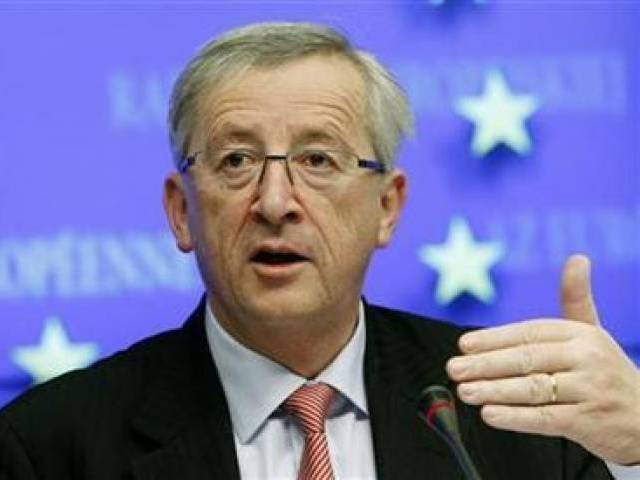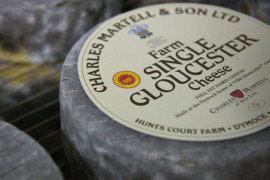
After Brexit, like-minded countries could press ahead with closer cooperation on issues ranging from defence to the economy, Juncker has said.
Plans for a Europe of variable geometry have run into criticism from eastern European countries, especially on immigration.
Juncker's so-called White Paper will be presented to MEPs ahead of a European Union summit in Rome at the end of March where leaders will come up with their own strategy for the next decade.
"President Juncker will go to the European Parliament to present the White Paper on the future of the union" on Wednesday, after commissioners approve it on Tuesday, Juncker's spokesman Margaritis Schinas told a briefing in Brussels.
EU against 'hard border' between N. Ireland, Republic: Juncker
"Ahead of the Rome summit, we will give the EU leaders the chance to launch a process of reflection on the avenues and options for unity and cooperation of the 27 in the future."
Britain's shock June 2016 vote to leave the EU -- coupled with crises involving the economy and migration -- has plunged the remaining 27 member states into a deep bout of soul-searching.
They will consider Juncker's plans at a summit in Brussels next week.
Then at a special summit in Italy to mark the 60th anniversary of the Treaty of Rome which founded the EU, the bloc's leaders will meet without Britain and issue a special declaration with new plans for future.
The Rome declaration is expected to cover the next 10 years and is likely to contain suggestions for a "multi-speed Europe" in which EU states can decide on how much integration they want, European sources told AFP.
That could particularly apply to increasing integration in the eurozone -- the 19 countries that use the European single currency.
Juncker said last week that his own White Paper would involve EU members being able to integrate at different paces -- describing it as a Europe of "concentric circles".
"It is no longer the time to imagine that we can all do the same thing together. I will argue for this in the days to come," he said.
"Those who agree can do most things together, so they can agree to
do what is necessary to do, whether at 15 or 28," he said.
Brexit churns unease for Single Gloucester cheese
EU leaders are also keen to move on and not let the entire European project get bogged down in what promise to be difficult negotiations with Britain over its exit, which is expected in 2019.
But Eastern European states have expressed concerns about a two-tier EU, fearing they could be frozen out by core Western states, especially on issues like migration where the east has taken a more hardline stance.
Schinas said Juncker's plan was meant to open a "debate" ahead of the Rome declaration and said there was a "lot of interest" in the former Luxembourg prime minister's views.


































1714129906-0/Clint-Eastwood-(1)1714129906-0-270x192.webp)






COMMENTS
Comments are moderated and generally will be posted if they are on-topic and not abusive.
For more information, please see our Comments FAQ